‘Flower junkie’ bezoekt GLDA seminar Dublin (includes English version)
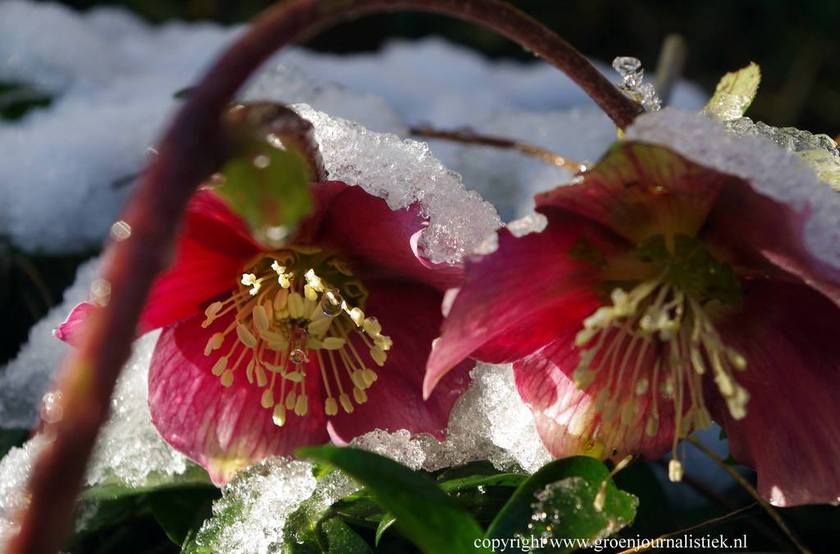
Eindelijk weet ik wat ik ben: een ‘bloemenjunkie’, nooit gedacht dat ik mezelf ooit zo zou noemen, Keith Wiley bedankt. Het zal waarschijnlijk ongeneeslijk zijn en blijvend en daar zit ik niet mee. Op een droge zaterdag in Dublin bezocht ik onlangs het internationale GLDA seminar met als onderwerp: New Perennial movement, voorbijgaande trend of aan te passen stijl. Ik luisterde naar vier inspirerende sprekers omringd door andere junkies: tuin- en landschapsontwerpers, planting designers, tuinliefhebbers, kwekers, etc. en er was op zijn minst één kunstgrasverkoper die zich in een vijandige wereld gevoeld moet hebben. (Volg vervolg voor Nederlands)
I finally know what I am: a flower junkie. I never thougt I would call myself a junkie, especially not in my home country, that is known as the weed capital of the world. Thanks to my recent visit to the GLDA seminar in Dublin Ireland, I know I am and I love it, thank you Keith Wiley. On a dry february Dublinday I listened to four inspiring speakers surrounded by over 200 other junkies. Gardeners, designers, landscapers, growers, at least one artificial grassseller in a hostile world and me were there, talking about:
“The New Perennial Movement: Transient Trend or Adaptable Style?”
(For English, follow: continue)
Vervolg Als ik mijn studenten vertel dat ik naar Dublin vertrek voor een seminar over tuinen, ik hou het maar bij Jip en Janneke taal, kijken ze me wat glazig aan. Je ziet ze denken, kun je daar überhaupt seminars over houden? Ze kunnen het zich niet voorstellen. Het verrassende was dat via facebook de Dutchies zich snel uitbreidden tot grote verbazing van ons aller facebookvriend Peter Stam. En wat was dat niet te vertalen gezellig. Ieren, Engelsen, Nederlanders, Fransen, Duitsers en minstens één Amerikaan, het mixte wonderwel. Er is een tvprogramma waarin iemand zijn 5000 facebookvrienden op zoekt. Waarom niet gelijk maar in Dublin beginnen?
Continue When I tell my students that I’m going to Dublin to visit a seminar: topic gardens (I kept it simple avoiding to loose them immediately with the theme of the seminar), they looked at me with eyes full disbelieve. ‘Is it possible to organise a seminar with the main topic gardening?’, they must have been thinking. The group Dutchies taking a plane grew fast, all connected to each other by facebook and Peter Stam. He was surprised being noticed that we all were planning to take a plane to Dublin. And it was ‘gezellig’ (cozy, socialble), typical Dutch word, that is not exactly translatable. The Irish, English, Dutch, French, Germans and at least one American, mixed wonderful well. There is a Dutch television program about a guy visiting his 5000 facebookfriends, why not start in Dublin? And after Dublin around the world visiting all that beautiful by nature inspired gardens, I would love to do that!
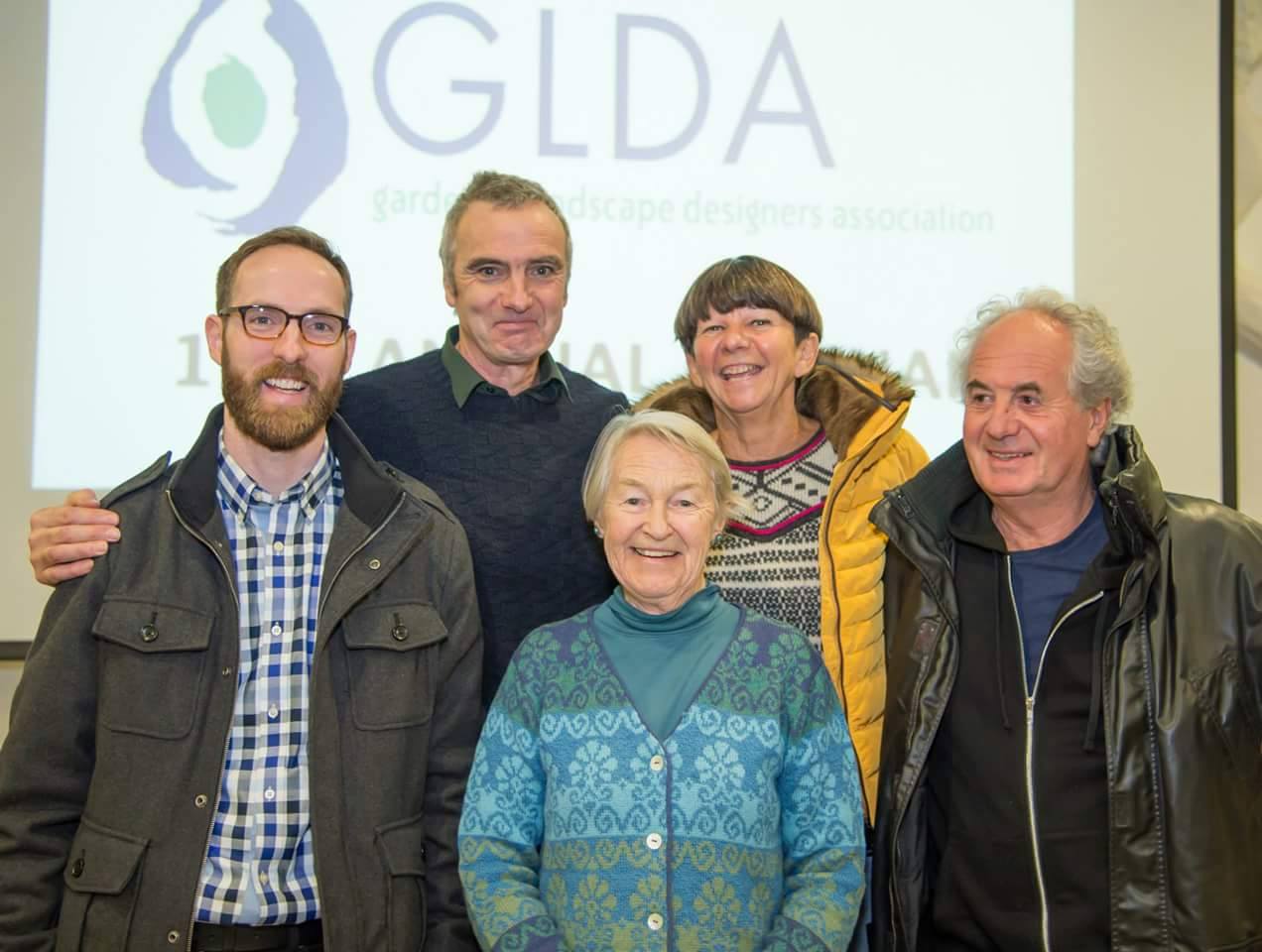
Van links naar rechts: Thomas Rainer, Keth Wiley, Verney Naylor, Sylvie and Patrick Quibel
Vervolg De ochtend werd afgetrapt door de voorzitter van GLDA Gary Foran en Angela Binchy. Beiden namen onhandig veel tijd om onder andere het gebruik van een belletje uit te leggen en de dag te introduceren. Waar was het belletje toen? Iedereen stond te trappelen voor het verhaal van de eerste spreekster: Verney Naylor. Haar bijdrage: HORIZONS— Finding inspiration from beyond the garden gate. En dat hoeft niet met perennials en grassen alleen vindt zij. Haar conclusie was dan ook: een voorbijgaande trend. “Waarom je beperken tot een bepaald assortiment planten terwijl we in een klimaat wonen waar zoveel mogelijk is?” Ze liet ook een foto van een Oudolftuin zien en durfde te zeggen dat ze daar niet van houdt én niet van de kleur roze. Aardetinten zoals van Ayers Rock Australië hebben haar voorkeur, die passen zo mooi bij groen, varens, en kussenvormende knuffelplanten die vormen verzachten. Keien gebruikt ze graag in haar ontwerpen en mos is toegestaan. Ook het woord tuinkamer zul je haar niet horen gebruiken: dat werkt veel te beperkend. Uit haar verhaal werd duidelijk dat ook voor haar de natuur een grote inspiratiebron is: de wijze waarop paden lopen in een natuurlijk landschap, nooit in een rechte lijn. Het was duidelijk in haar werk te zien. De overgang van tuin naar omringend landschap en terug was een terugkerend thema in haar foto’s. “Framing the view…”
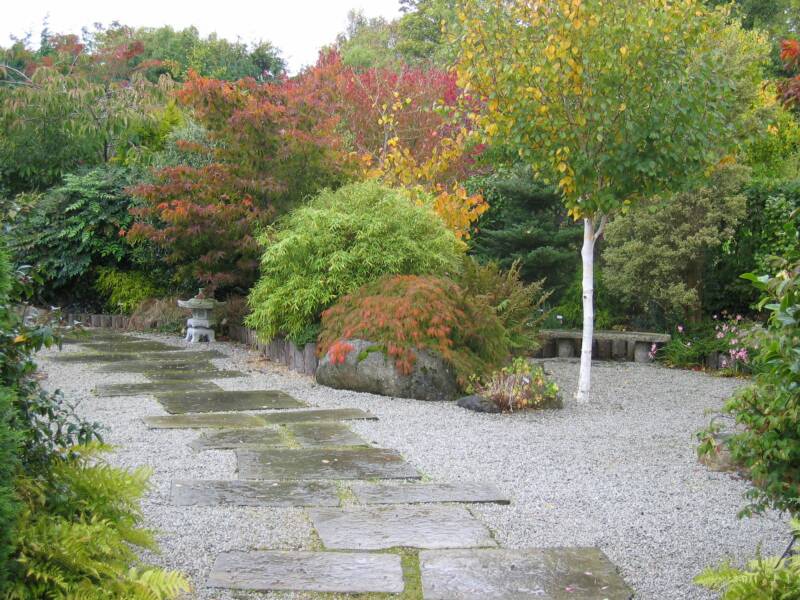
Garden designed by Verney Naylor, use of a big rock
Continue The morning started with GLDA chairman Gary Foran and Angela Binchy explaining the rules of the bell. It took a little bit too much time, where is the bell if you need one? We were all longing for the first keynotespeaker Verney Naylor. The Irish contribution to the theme: Horizons— Finding inspiration from beyond the garden gate. And you don’t need perennials for that, she said, Transient Trend is her conclusion. Her main argument against the new perennial movement is that she doesn’t want to be restricted in using plants living in a climate where almost all plants can be used. She doesn’t like the colour pink and sees the gardens of Oudolf as boring. Her favorite colours are earth colours like the colour of Ayers Rock Australië because they combine so beautiful with green. She uses rocks, boulders, pillowshaped soft plants and wild flowers in between. She took us on her journeys all around the world explaining how important nature is for her garden designs. The use of curves instead of straight lines resembling nature were nothing is shaped with a straight edge. Important point in her designs is the use of the surrounding of the garden to make a diffuse borderline from one to the other. A repeating theme in her pictures is what she calls: a borrowed scenery. Gardenroom is a term, she doesn’t like: to restricting. Her own garden is a little bit out of control, she showed us and she asked her audience: why do plants always love to stay in gravel and not in your well chosen planting areas? But the pictures show a beautiful garden and a stunishing surrounding.
Vervolg Om de een of andere reden krijgen de hoofdsponsors van het seminar ook spreekruimte. Bij nummer één Bloom was dat niet zo’n probleem, dat paste nog wel bij de dag. De andere twee waren vreemde eenden in de bijt. De producent van allerhande grijze materialen startte een film uit de tijd voordat ‘content marketing’ bestond. Hij moet de ontsteltenis in de zaal bemerkt hebben, want na enkele minuten stopte hij plotsklaps de film en maakte zijn verhaal snel af. Mijn alleraardigste Ierse buurvrouw besloot dat dit alle grenzen overschreed. En alhoewel de Engelstaligen als beleefder bekend staan dan wij Hollanders, bleven wij netjes zitten maar stond zij op en verliet de zaal, haar laatste woorden: ’this doesn’t belong here, it’s a commercial’ en weg was ze. De andere sponsor had zich beter voorbereid. Er vanuitgaande dat de zaak hopeloos was, zocht hij foto’s van de meest kunstmatige tuinen uit die je kunt bedenken zonder enige vorm van beplanting en sloeg zich met humor door de onmogelijke opgave heen een zaal vol liefhebbers van natuurlijk tuinieren te vermoeien met kunstgras.
Continue I don’t know why, but the tradition of the GLDA seminars is that the main sponsors get time to speak to the audience. The first one talking about Bloom wasn’t a big problem. It fitted into the day, but two others were completely at the wrong stage. After a short introduction a grey material producer started a movie with was made a long time before ‘content marketing’ was introduced into the marketing world. I think he saw the panic in the eyes of his public and decided suddenly to stop the movie and after a few final words he finished the presentation. Although English speaking people are known for their courtesy more than we Dutch are, my nice lady neighbour left her seat, said ’this doesn’t belong here, it’s a commercial’ and she was gone. The other sponsor was better prepared. Taking the stand that he had a mission impossible: talking about artificial grass in front of a public of natural garden lovers, he showed pictures of the most artificial gardens he could find and as a stand up comedian he finished his talk.
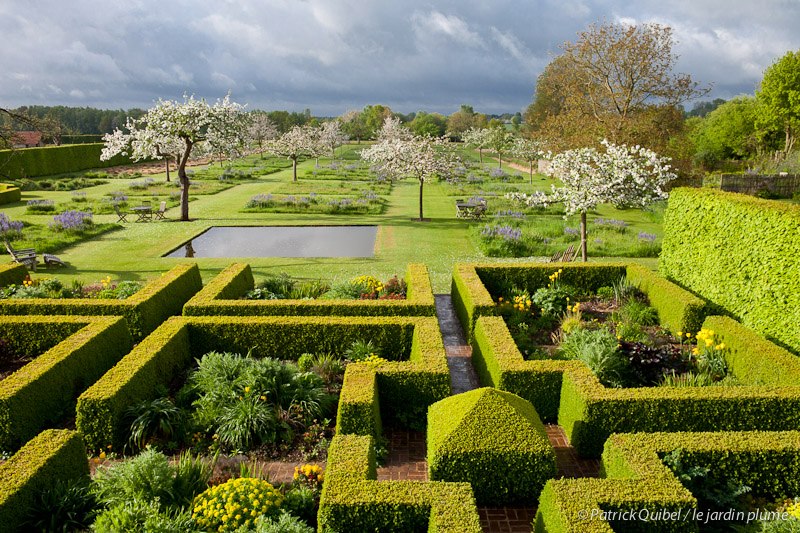
Spring: Le jardin plume overzicht voorjaar, bron facebook pagina Le jardin plume
Vervolg Daarna was de beurt aan Le Jardin Plume gelegen in Normandië. Patrick en Sylvie Quibel realiseerden hun droomtuin op basis van de woorden van Edgar Degas “En Travaillant avec la nature, il faut composer”, werkend met de natuur moet je componeren. Ik was blij met mijn Nederlandse schoolopleiding: Frans in het pakket. De vertaler Tanguy de Tougoët was charmant maar slaagde erin een uitleg over wind en windrichtingen van enkele zinnen terug te brengen tot: het was moeilijk. De zaal begreep dat het nooit een complete vertaling kon zijn en zag de humor er wel van in. Thomas Rainer de laatste spreker van de dag benadrukte dat het succes van ’the new perennial movement’ ook in het fotogenieke karakter van de stijl schuilt. Daar was deze presentatie het ultieme bewijs van. De een na de andere, betoverende foto deed ons verlangen naar de magie van deze tuin.
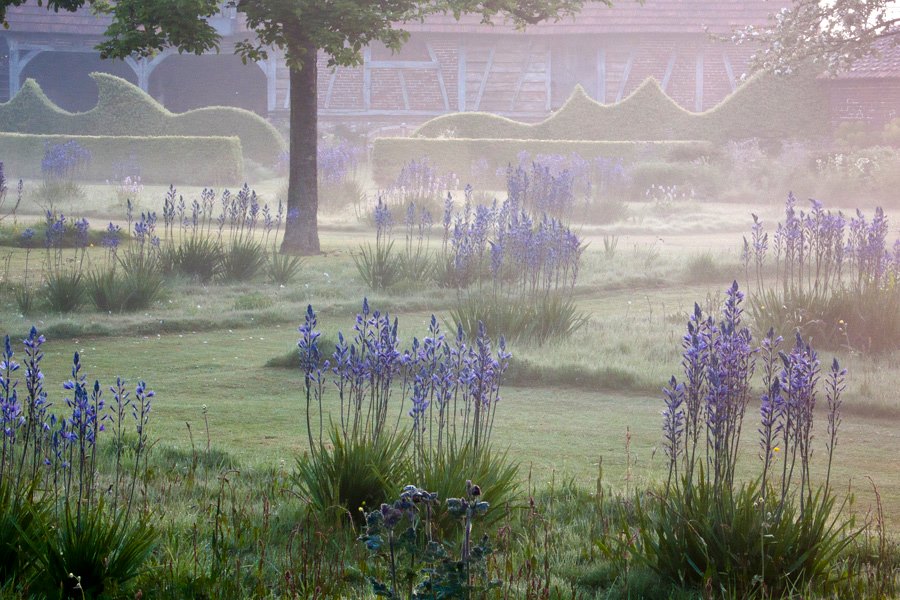
Voorjaar in Le jardin Plume, bron facebookpagina Le jardin Plume Op de achtergrond de fantasievorm de Wave
Voor Patrick en Sylvie in 1999 begonnen aan de aanleg bezochten ze onder meer de tuinen van Henk Gerritsen en Ton ter Linden. Er kwamen foto’s voorbij die mij herinnerden aan Ruinen. Behalve perennials en grassen worden eenjarigen, bollen en dahlia’s gebruikt. De tuin is een wonderbaarlijke mix van Degas’ visie, het pointillisme, de klassieke vormen van Franse tuinen, en het ongedwongene van Normandië in de vorm van Frans hekwerk en de golvende fantasievorm van de heggen. De luchten, die zoveel impressionistische schilders maar ook Van Gogh inspireerden, worden weerspiegeld in de strakke vijver, één van de 8m x 8m vlakken. Planten moeten licht en luchtig zijn en vooral bewegen en worden nooit in groepen geplant maar op basis van het pointillisme: in stippen. Het hoogtepunt van de bloei is in juli. De geknipte fantasievorm ‘de Wave’ symboliseert mede de beweging van de seizoenen. Na deze adembenemde serie mochten we op adem komen tijdens de lunch. Het antwoord op de hoofdvraag? Een aan te passen stijl.
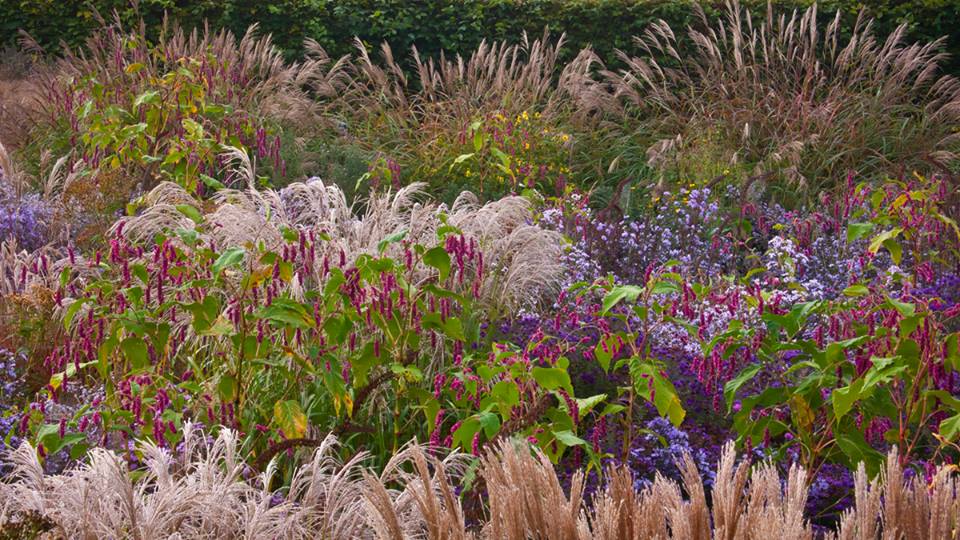
Prachtige foto’s van de borders van Le jardin plume passeren… fotogeniek! bron: facebookpagina Le jardin plume
Continue We continued with Le Jardin Plume (Normandie France). Patrick and Sylvie Quibel realised their dream garden with in their minds the words of the French painter Degas: When you use nature you have to compose. I was glad to have a decent Dutch school education: you have to learn French (thanks to Napoleon?) The charming Tanguy de Toulgoët (translator) reduced a minutes lasting talk about wind and directions into one sentence: it was difficult. The audience realised there must have been said more and could appreciate the joke. Thomas Rainer the last one coming on the stage mentioned in his lecture that the succes of the new perennial style also can be explained by the world wide spread of beautiful pictures by social media. It’s a photogenic style. Pictures of frozen seedheads, grasses and perennials are attractive and convincing… The style spread simultanously with the rise of social media, pictures shared by facebook and twitter. The wonderful pictures passing by from Le Jardin Plume were very good examples of his words. They were smashing, appealling and breath taking.
Before Patrick and Sylvie started in 1999, they visited several gardens , among others Ton ter Lindens one in Ruinen and The Prionagardens of late Henk Gerritsen in Schuinesloot. Pictures of Sanguisorbia and borders with annuals bring back memories to Ter Lindens garden in my mind. Not only perennials and grasses are used but also annuals, bulbs and Dahlia’s. The garden is a wonderful mix of French classic forms (Versailles), Degas’ vision, pointillisme, and the rural Normandy landscape with the French wooden fences and the fantasy wave of a part of the hedges. Because of the Normandy skies that inspired so many French painters and also Van Gogh there is a pond, a watermirror to reflect the sky. All plants are chosen for their ability to move, transparency and planted in dots, not in groups (pointillisme). Hedge ’the wave’ represents the movement of the seasons in the garden. Smashed by so much beauty (and so hard working!), we could recover during the lunch. Adaptable style was the conclusion: a French version of the New Perennial style.
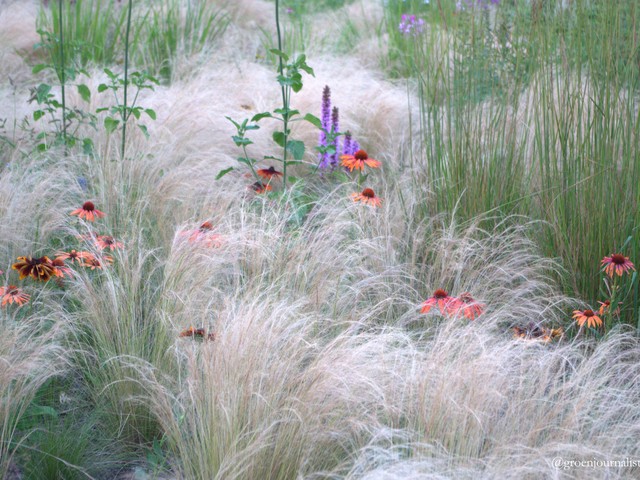
In the garden of Jaap de Vries. His pictures of his garden appeal a big audience on the internet. This one I made in his garden and it also travelled around the world on facebook.
Vervolg Na een toplunch, dat is nog eens iets anders dan het Nederlandse broodje met kaas, werden we entertaind door Keith Wiley, ‘gardener’ en schrijver van: ‘On the wildsite’ en ‘Shade’. Twee boeken die ik moet lezen nu. En daar zal ik het voorlopig mee moeten doen want de tuin in Devon waar hij nu aan werkt is in 2015 niet geopend. Met typisch Britse humor is hij de aangewezen man om iedereen die nu nog niets met natuurlijke tuinen te maken wil hebben te overtuigen. Geen sprake van een lunchdip zo, we zaten gelijk weer rechtop. ‘Ik ben verslaafd aan bloemen’, zo begint hij zijn verhaal. Vervolgens neemt hij ons mee over de wereld naar de mooiste bloemrijke plekken. Een ochtend in Zuid-Afrika waar hij wél de bloemenpracht ziet en de rest van de groep niet. Je moet op het juiste moment op het juiste tijdstip ergens zijn om een natuurlijke bloemenweide op zijn mooist te zien.
Hij verhaalt over zijn graafavonturen in zijn huidige tuin, waar hij niet te stoppen vele m3 grond verplaatst, zijn vrouw in verbijstering achterlatend. Een toekomstig natuurbad met strand, Keith ziet het voor zich… Zijn schilderende vrouw probeert een stuk tuin te vangen op het doek maar kan wanhopig worden van zijn veranderdrift. De kern van zijn verhaal is: gebruik de natuur om voorbeelden aan te ontlenen die je gebruikt om een tuin of stukken van je tuin te ontwerpen. Eén van zijn bezoekers raakte ontroerd door het zien van een deel in zijn tuin. Het herinnerde hem aan een landschap uit zijn jeugd. Om die illusie gaat het, aldus Keith, want zo bezweert hij: de creatie bevatte geen enkele plant die in het genoemde landschap groeide maar gaf wél dat gevoel. Een zeer goed gekozen spreker Keith Wiley en een geweldige pleitbezorger voor natuurlijke tuinen. Conclusie: geen new perennial movement, maar new naturalisme!
Continue After a fine lunch, better than we Dutch are used to (a simple sandwich with cheese), we are entertained by Keith Wiley. A Britsh gardener in Devon England and writer of the books: ‘On the wildsite’ and ‘Shade’. Two books that I have to read after his inspiring talk and I hope his garden will be open again in 2016. Closed whole 2015 I read on his website. Keith why? Now I’m longing desperately to see what you showed us on pictures. If anybody isn’t convinced yet that gardening following nature is worth while the effort, he or she should listen to Keith. What a speaker, no lunchdip, I was sitting with open eyes and ears to follow his trip all over the world and in his garden.
“I am a flower junkie,” he started his keynote. Followed by the most beautiful places on earth with wild flowers. From South Africa back to his garden and jumping around the world. You have to be at the exact right time, on the right place to see the most beautiful things, he tells us and it is worth the trouble of traveling hours. He tells how he was digging and not able to stop transporting many m3 in his garden, creating hills, a natural pool and a beach, driving his wife crazy who tries to make a painting by not stopping to change his gardens. He let us meet with one of his visitors who is touched by a landscape of his youth found in Keith’s garden. And there is, so he says, not one single flower to be found in this garden that actually really lives overthere. But, says Keith, it’s all about the illusion. Use what you see to create natural gardens with suitable plants. I’m glad to have been so fortunate to have listened to the very inspiring and enthusiastic Keith Wiley. Conclusion: it’s all about nature, not about perennials alone: “On the wild side – an experiment in new naturalism“.
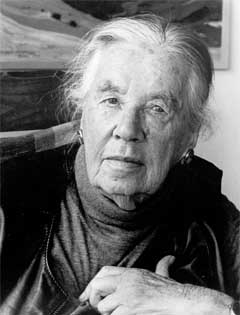
Mien Ruys, was een internationaal bekende tuin- en landschapsarchitect. Mien Ruys, compared to Bob Dylan!
Vervolg Tot slot: Thomas Rainer die zichzelf introduceert als: a landscape architect by profession and a gardener by obsession. Ik ken hem als een gerespecteerde blogger en volg zijn blog nu al een tijdje. Het idee achter de new perennial movement is naturalisme, opent Rainer zijn bijdrage. Is het nieuw? Nee, het gaat al eeuwen terug en neemt ons mee op een historische reis. Oudolf, zo zegt hij, is misschien de Paul McCartney in zijn tijd, maar hij en anderen zijn allen geïnspireerd op Mien Ruys, te vergelijken met Bob Dylan! Wat zou Mien gevonden hebben van deze vergelijking… Nieuw? Nee dus, helemaal niet. Tweede vraag? Een beweging? Nee, ik zie geen mensen in de zaal met t-shirts aan waarop staat: new perennial movement. Zoals al gezegd gaat de verspreiding van de stijl hand in hand met de wereldwijde verspreiding van social media, facebook bijvoorbeeld. De mogelijkheid om foto’s en ideeën te verspreiden. Foto’s van een tuinstijl, die zeer fotogeniek is… “Ik zou hier niet eens geweest zijn zonder facebook en de verbinding met Peter Stam,” zegt Rainer. Net als dat voor mij en de andere Nederlanders ter plekke geldt. Zuckerberg, heb je ooit gedacht dat de creatie van facebook zou kunnen leiden tot de verspreiding van een tuinstijl en het verbinden van tuinliefhebbers over de hele wereld?
Terug naar new perennial. Thomas: “is het alleen weer een andere attractieve manier van beplanten, zoals Michael King zei? Nee, er zijn slechte kopiën, slechte interpretaties en volgers, maar dat geldt ook voor Japanse tuinen.” Rainer ziet een nieuwe horizon: “naturalisme wordt juist steeds beter! Er zijn uitstekende voorbeelden van nieuwe toepassingen: Adam Woodruff and Roy Diblik. Zij passen de stijl aan, aan de omgeving en het klimaat. Gebruiken bijvoorbeeld canna’s in warme regio’s waar ze goed gedijen, beter dan sommige perennials die niet tegen droogte bestand zijn. Wat we niet nodig hebben, zijn tuinen die bestaan uit grasveld en gehaktballen in de gehele VS maar zichtbare veranderingen van de seizoenen. (Rainer’s beschrijving van typisch Amerikaanse tuinen van uitgestrekte grasvelden met kleine stukjes borders vooral gevuld met rondgeknipte, groenblijvende struiken. Ze zien er in Florida net zo uit als in Boston bijvoorbeeld.) We leven in een post-wild tijdperk, met 50% van de bewoners van de aarde woonachtig in een stad. Echte natuur, waar kinderen zich in kunnen uitleven, is nauwelijks nog te vinden. We hebben geen politici nodig, maar landschapsarchitecten, planting designers en tuiniers om de natuur naar de stad te brengen. Mijn beroep (=landschapsarchitect) is gemarginaliseerd en slecht betaald, we moeten onze plek innemen, er toe doen en fatsoenlijk beloond worden!”
Continue Last but not least: Thomas Rainer who introduces himself as: a landscape architect by profession and a gardener by obsession. I know him as a blogger, following his blog a while now. Start writing again Thomas, last post October? Why? The idea behind the new perennial movement is naturalism, so he starts his keynote. Is it new? No, it goes back a long way. Thomas takes us on a journey into history. Oudolf is maybe the Paul McCartney in his time, but he and others were inspired by Mien Ruys who can be seen as Bob Dylan, who inspired all. It would be nice to know what she had thought about this comparison… And Mien Ruys is also inspired by people before her, Thomas continues. “So new? No, not at all. Second question. Is it a movement? No, I don’t see people in this audience wearing t-shirts with New Perennial movement printed on it.” The spreading of the style is also linked to the internet, the possibility of sharing ideas and pictures. Pictures of a very photogenic style… “I wouldn’t be here if I was not connected by facebook to Peter Stam.” For me and the other Dutchies the same… Zuckerberg, did you ever thought creating facebook about connecting gardeners and spreading styles?
Back to new perennial. Thomas: “Is it just another style of decorative planting?, like Michael King said? No, there is too much replicated, poor done, there are bad clichés and bad knock offs, but that applies also for Japanes gardens.” Thomas sees new horizons: naturalisme is getting good. There are very good examples: Adam Woodruff and Roy Diblik. Adapting to the environment and climate. Why not use canna’s in the south were they flourish much better than some typical perennials? We don’t need lawn and meetballs all around the VS (Thomas describing a typical American garden) but seasonal changes. We live in a post wild world. 50% percent of us is living in a city. Children don’t have a run in the wild and are not exposed anymore to it. We don’t need politicians, but designers, plant lovers and gardeners to change this cities. My profession is marginalised. We have to be relevant and be paid for it.”
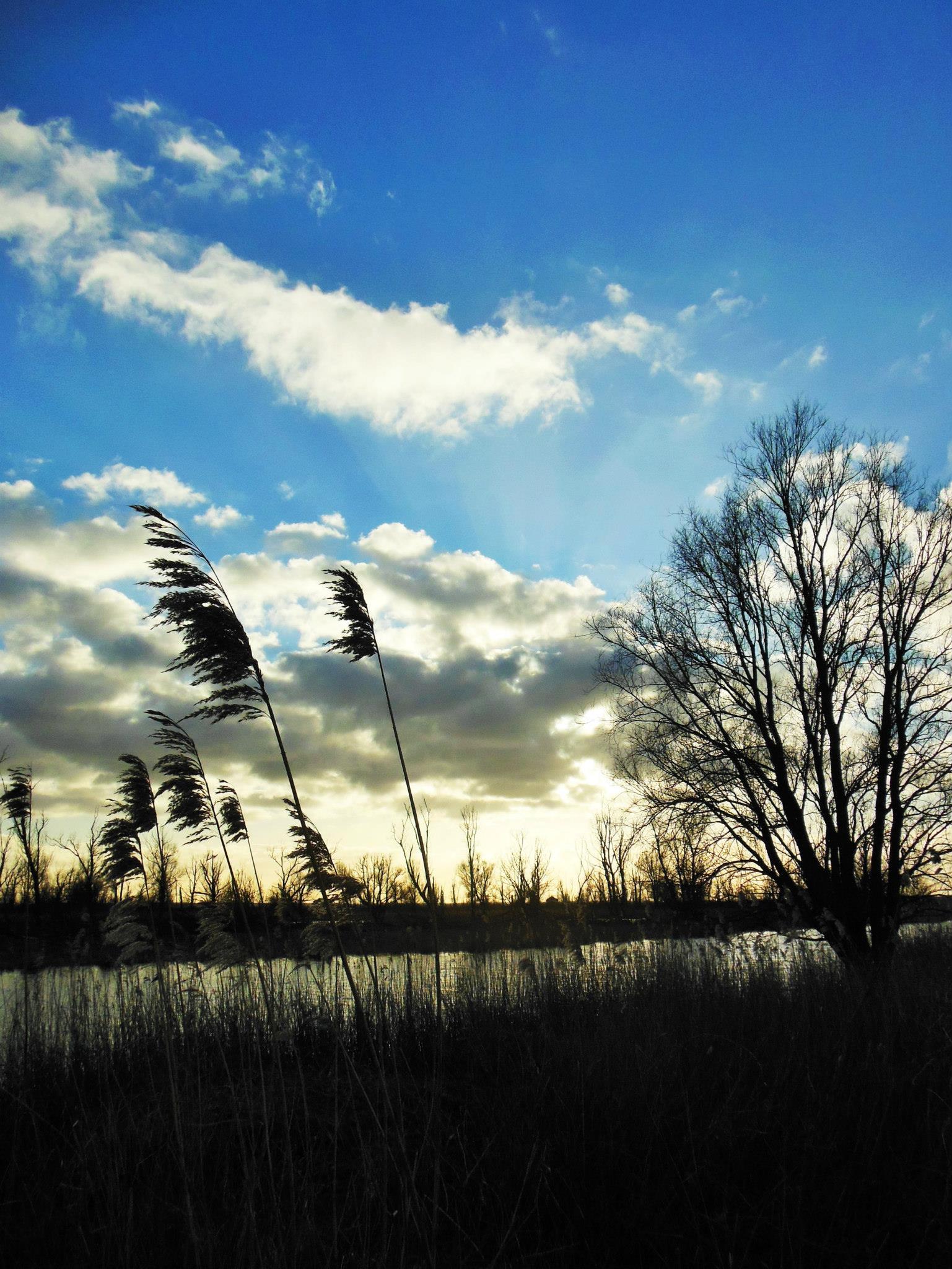
New created nature in the Netherlands: Oostvaardersplassen Lovely picture by Marcel Silkens
Vervolg En zo maakt Thomas Rainer zijn publiek enthousiast, geïnspireerd en vol vuur om terug te gaan naar de dagelijkse strijd van een gemarginaliseerde beroepsgroep vragend om de terechte erkenning en misschien behoren ze uiteindelijk toch tot een beweging, die van het naturalisme, terug naar de natuur!
Het was meer dan de moeite waard, de reis naar Dublin, de Nederlandse afvaardiging was onder de indruk, voorzichtig werd er gesproken over een Nederlands-Ierse connectie en ambities werden uitgesproken om ook een seminar in Nederland te organiseren. Tot ziens Dublin! We zeggen geen gedag. Facebook kan dus meer zijn dan het posten van futiliteiten, het kan verbinden, inspireren en internationaliseren. Op naar mijn 360 facebookvrienden, een makkie vergeleken met die 5000. Het mooie is dat ik in Dublin gelijk ook weer nieuwe heb gemaakt. Doe mee! Volg groenjournalistiek op facebook en sluit ook aan bij de vele facebookgroepen die met groen, tuinieren en natuur bezig zijn. Verspreid het nieuws en haal de natuur bij huis.
Meer lezen over Ierse tuinen: www.groenjournalistiek.nl/ierland
Continue And so Thomas Rainer gets his public happy, inspired, full of fire and enthousiastic to go back to their daily struggle and their marginalized jobs asking for being recognized as the people you need to bring nature to the cities and maybe they belong to a movement after all and shouldn’t we speak about new perennial but about new naturalism.
It was worthwile, the trip to Dublin. The Dutch delegation was impressed, talking about a Dutch-Irish connection and ambitious to realise such a seminar in Holland too. So it is so long and not goodbye Dublin, connect and inspire, facebook is much more if you want! And oh what would it be nice to meet all my 360 facebookfriends. Peanuts, compared to the 5000 of the television program. I have started, in Dublin, making new ones too! Enjoy, follow www.facebook.com/groenjournalistiek and all the other groups talking about gardening, nature, making their life greener. Spread the news and bring nature close to your home.
Read more: www.groenjournalistiek.nl/ierland
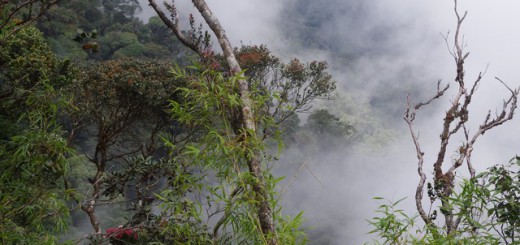
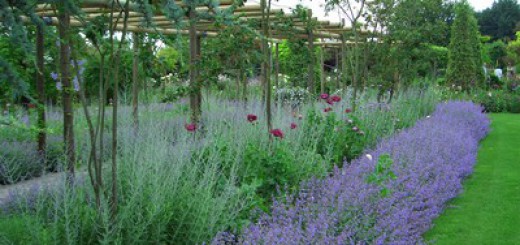
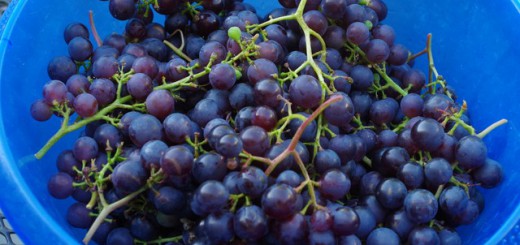

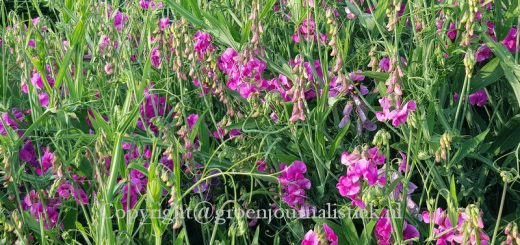
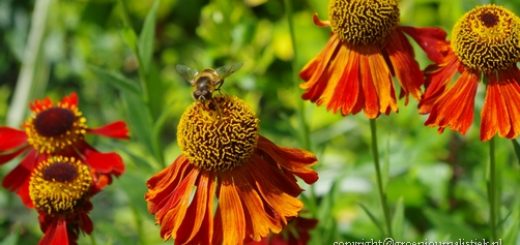
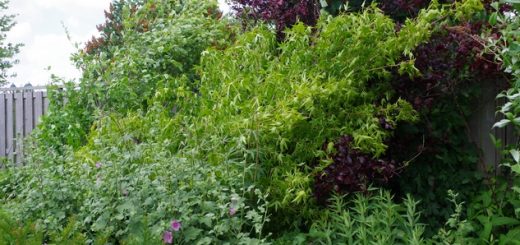

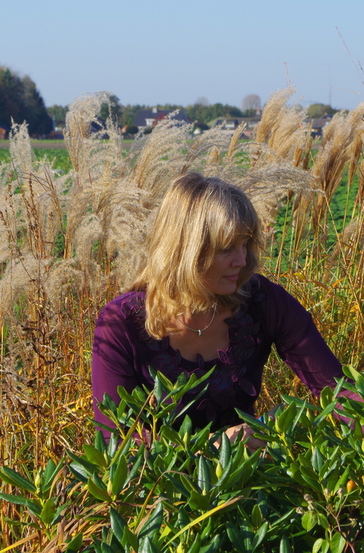
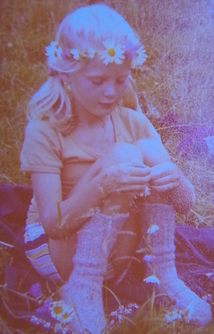
Such beautiful flowers and grasses! I love this style of gardening! Do you happen to know what is this variety of the white grass in the 7th picture from the top?
Thank you!
Cathy Augros
Hi Cathy, thanks for your reaction. The grass in this picture is Stipa tenuissima. A very interesting and useful grass. Best regards, Ellen